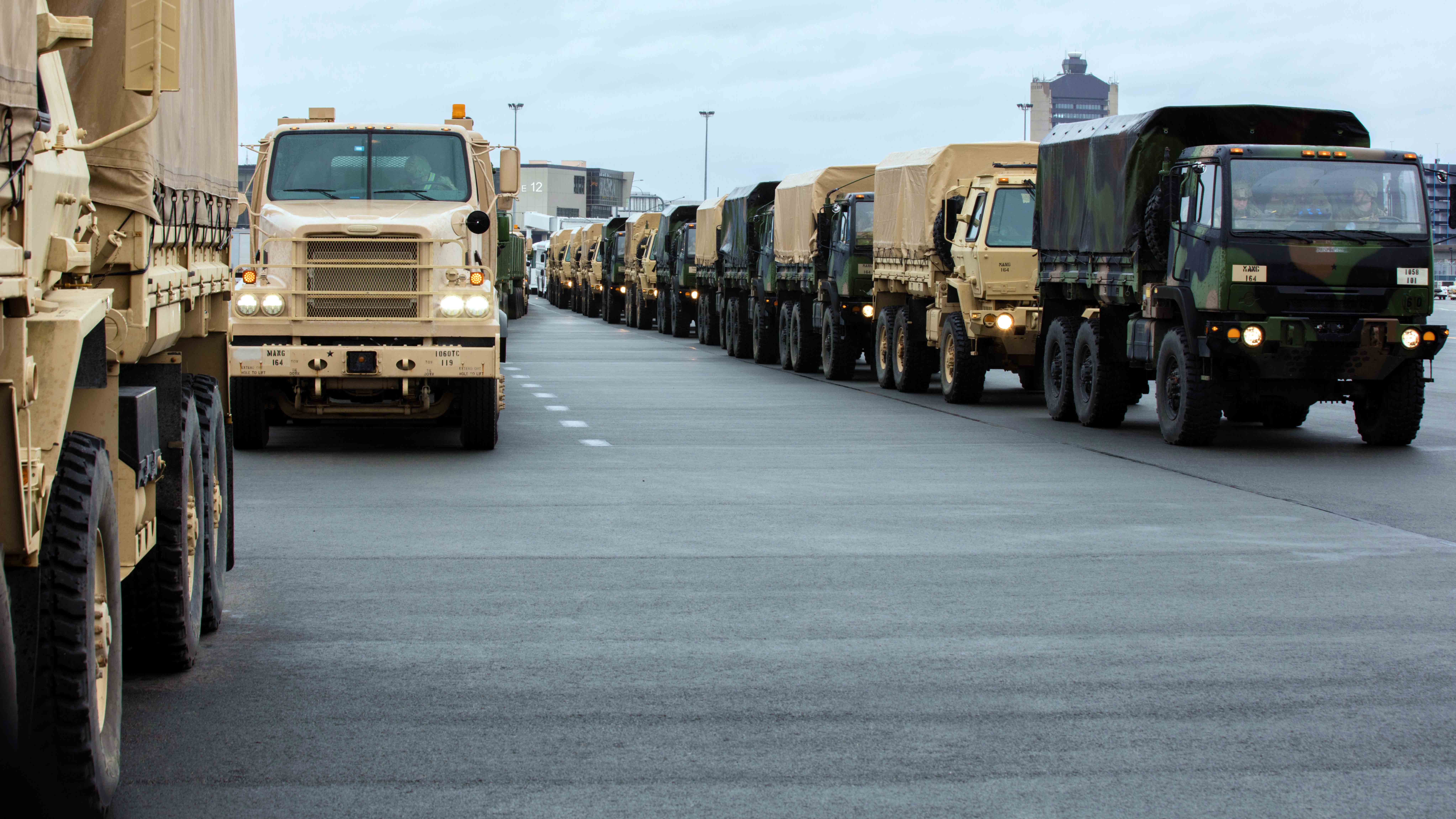Data, Integration Key to Army Logistics Readiness
Data, Integration Key to Army Logistics Readiness

The Army must sharpen its ability to use data in more targeted ways as it works to build—and protect—its contested logistics capabilities, a panel of experts said at a Hot Topic forum sponsored by the Association of the U.S. Army.
“What can the total Army do now to keep those supply lines open in the future, knowing that most likely cyber and information attacks are going to degrade operations?” said Col. Kristine Henry, who works on cyber and information operations special projects for the Maryland National Guard.
One way to do that will involve using data in more targeted ways, said Christina Manning, director of strategy for global sustainment and modernization at Northrop Grumman.
“Transforming readiness decision-making has a lot to do with data, but we have so much data … that we have to be very smart and figure out how we … [leverage it] to make sure that we get the right information down to the right echelon at the right time,” she said.
Increasing opportunities for the Army to work alongside the private sector also could support the service’s readiness, Manning said. U.S. code currently allows up to 50% of military department annual depot maintenance funding to be used for work done by private-sector contractors.
Changing this rule could help ease the burden on Army depots, Manning said. “I think the 50-50 rule is one of the biggest constraints I face in being able to support [the Army],” she said.
Looking ahead, the Army will continue to grapple with finding the best way to protect its logistics enterprise. “There's no easy answer to how we protect the … logistics enterprise, but I think … trying to come up with an actual sort of strategic effect … and then nesting the technology within those strategic lines of effort [is key],” Henry said.

